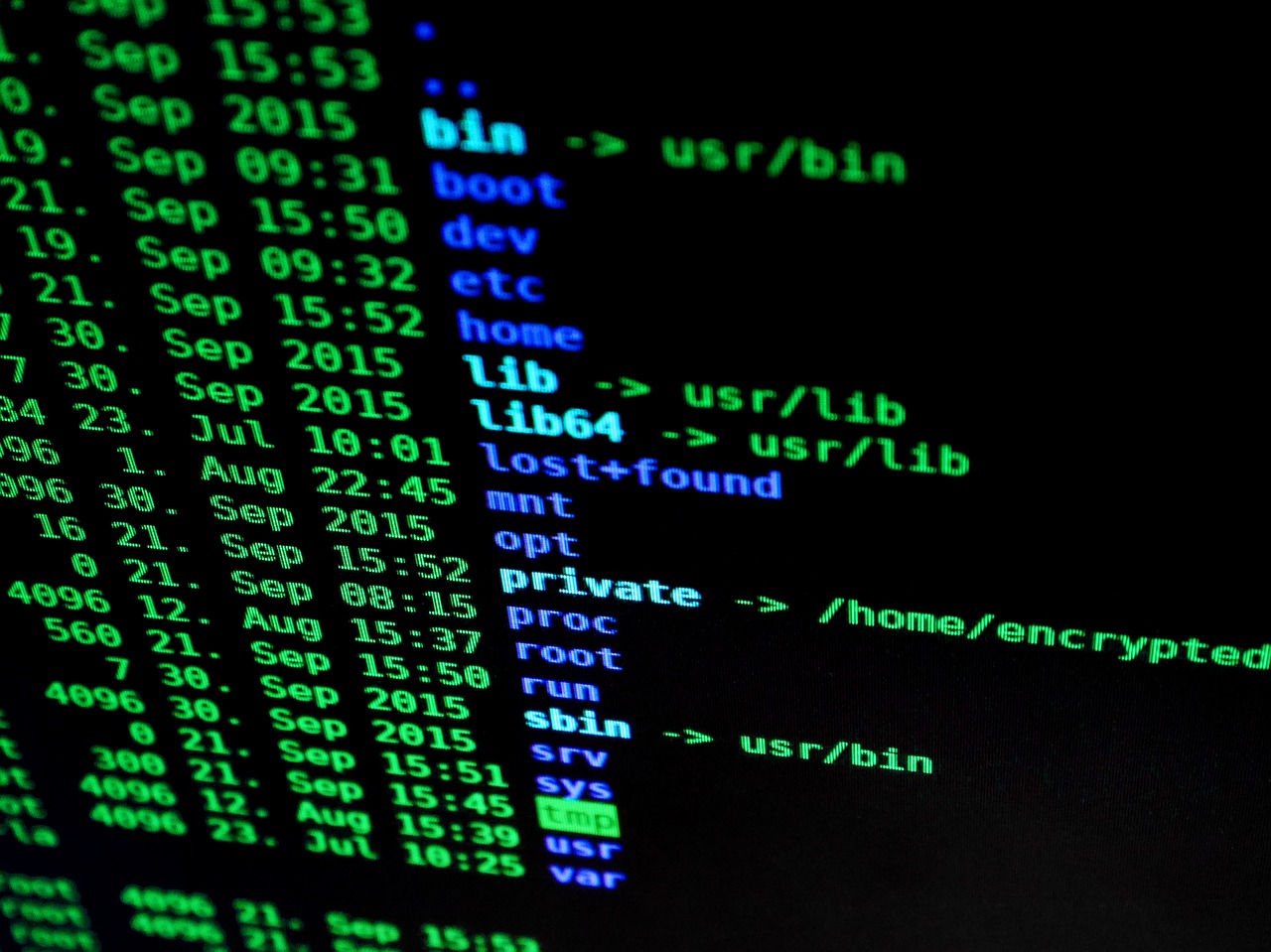Last Updated on: 22nd November 2023, 04:59 pm
The surge in remote work has undeniably transformed how we conduct business, offering unprecedented flexibility and raising cybersecurity concerns. As employees bring their work into the comfort of their homes, it becomes imperative to establish robust cybersecurity measures. This article delves into essential cybersecurity practices for remote work, empowering individuals to create a secure digital workspace.
1. Secure Network Connections
Use a Virtual Private Network (VPN)
When working remotely, safeguarding your internet connection is paramount. Implementing a Virtual Private Network (VPN) is essential, as it encrypts your internet traffic, establishing a secure tunnel for data transmission. This proactive measure not only prevents unauthorized access but also fortifies the protection of sensitive information against potential cyber threats.
Regularly Update Wi-Fi Passwords
Ensure that a strong and unique password protects your home Wi-Fi network. Regularly update the password to enhance security, and avoid using default passwords provided by your internet service provider.
2. Implement Multi-Factor Authentication (MFA)
Add an Extra Layer of Security
Multi-factor authentication adds an additional layer of protection beyond just a password. Typically involving a code sent to your mobile device or generated by an authentication app, MFA significantly reduces the risk of unauthorized access even if your password is compromised.
Enable MFA for All Relevant Accounts
Activate multi-factor authentication for all your work-related accounts, including email, cloud storage, and collaboration platforms. This simple step adds a powerful deterrent against unauthorized access.
3. Regularly Update Software and Applications
Patch Vulnerabilities
Cybercriminals often exploit vulnerabilities in outdated software. Regularly update your operating system, applications, and antivirus software to patch security vulnerabilities and ensure that you are using the latest, most secure versions.
Enable Automatic Updates
Simplify the update process by enabling automatic updates whenever possible. This ensures that your devices and software receive critical security patches promptly, reducing the window of vulnerability.
4. Secure Your Devices
Use Strong Device Passwords
Set strong, unique passwords for your devices, including laptops, tablets, and smartphones. Avoid using easily guessable passwords, and consider using a passphrase for added security.
Enable Device Encryption
Activate device encryption to safeguard the data stored on your devices. Full-disk encryption protects your information in case your device falls into the wrong hands.
5. Safe Handling of Emails and Attachments
Be Wary of Phishing Emails
Phishing remains a prevalent cybersecurity threat. Exercise caution when receiving emails, especially those with unexpected attachments or links. Verify the sender’s authenticity before clicking on any links or downloading attachments.
Use Email Filtering
Enable email filtering to automatically identify and divert potential phishing emails to your spam or junk folder. This provides an additional layer of defense against malicious email content.
6. Data Backup and Recovery
Regularly Back Up Important Data
Protect your work by regularly backing up essential data. Use secure cloud storage or external drives to create backups, ensuring that critical information is not lost in case of device failure or cybersecurity incidents.
Test Data Recovery Processes
Regularly test your data recovery processes to ensure you can efficiently retrieve backup information if needed. This proactive approach prepares you for potential data loss scenarios.
7. Secure Video Conferencing Practices
Use Password Protection for Meetings
When conducting virtual meetings, utilize password protection features to ensure that only authorized individuals can join. This prevents unauthorized access and maintains the confidentiality of sensitive discussions.
Enable Waiting Rooms
Leverage waiting room features in video conferencing platforms. This allows the host to control who enters the meeting, minimizing the risk of uninvited participants.
8. Educate Yourself and Stay Informed
Participate in Cybersecurity Training
Stay informed about the latest cybersecurity threats and best practices by participating in cybersecurity training sessions. These sessions can provide valuable insights into recognizing and mitigating potential risks.
Regularly Update Your Cybersecurity Knowledge
The cybersecurity landscape evolves rapidly as technology develops and threats get smarter. Make a habit of staying informed about emerging threats and security trends. Following reputable cybersecurity blogs, subscribing to industry newsletters, and attending webinars can help you stay up-to-date.
Conclusion
As remote work becomes an integral part of the modern professional landscape, cybersecurity practices play a pivotal role in safeguarding sensitive information and maintaining the integrity of digital workspaces. By implementing these essential cybersecurity measures, individuals working from home can significantly reduce the risk of falling victim to cyber threats. A proactive and security-conscious approach protects personal and professional data and contributes to a safer and more resilient remote work environment. Embrace these cybersecurity practices to fortify your digital defenses and work with confidence in the virtual realm.






